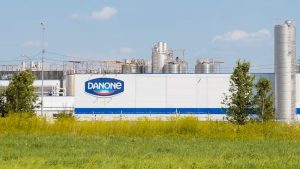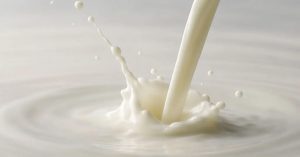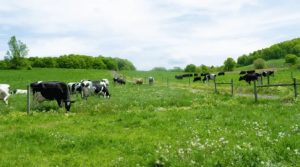
This is undoubtedly my favorite time of the year to read. No lawn work is needed, the flurry of the holidays is over, we don’t have any immediate travel plans and I have more time to sit, relax and just read. My buddy and I share a favorite author, Louis L’Amour, and anything related to the Revolutionary or Civil War catches my attention.
I am also looking for new places to visit and new trends in agriculture. But, a few weeks ago, I turned to something that really set me back on my heels: camel farms in the United States. Am I the only person who did not know we have camel farms in the U.S. and some of these farms do more than just interest tourists in petting and feeding the livestock? Some of these farms actually function as dairies producing milk to be sold to the public.
Interest peaked, I found camels were first brought to the U.S. in the mid-1800s. They were used as pack animals in the southwest desert areas for the U.S. Army. This army camel corps was so successful the secretary of the army asked for 1,000 more camels. However, the Civil War erupted and the camel corps was not revived after it ended.
The Dromedary (one-humped) camels used on U.S. farms today are the same species as those used by the army in the southwest. They stand about 6 feet tall at the shoulder (7 feet at the hump) and weigh from 900 to 1,300 pounds. They have a gestation period of 12 to 14 months according to the PBS website. Camels nurse their young for 10- to 18-months-old, depending on the availability of food. Wikipedia lists the average life expectancy to be about 40 years.
My sources listed only two FDA-licensed camel dairies in the U.S. that meet their standards for pasteurization. One is in Missouri and the other in Colorado. The other dairies, from California to Pennsylvania, sell primarily raw milk.
Claimed advantages of camel milk are that it has low levels of lactose for those with lactose intolerance, is rich in antioxidants, high in protein and low in sugar and fat.
There are some drawbacks, however, for those contemplating a camel dairy. Adult camels can cost $8,000 to $10,000 each and need a barn for protection from rain and cold. They must be milked by hand once a day, and then you must extract the milk in roughly 90 seconds with their young beside them. If their young one is not present, they will not let down their milk. The camel will produce only 8 to 16 pints of milk per day while a dairy cow produces 6 to 8 gallons (48 to 64 pints) per day.
It was also interesting to check out prices for camel milk which online costs at least $12 per pint (most much higher), prices that prove no threat to the dairy cow milk market. The online milk comes in a variety of forms including organic fresh frozen, 100% natural grade A, and “camelicious” milk powder.
I think I have found a summer travel location and am checking to see if they accept visitors. It is the largest camel dairy in the country (200 camels), family–run and located on more than 1,000 acres in Missouri. But, the other thing I think I have found is I have absolutely no interest in ever investing in a dairy like this that caters to animals that can run up to 40 miles an hour. I always found it hard enough to round up a couple of stubborn, slow-moving, family-farm cows at milking time.
Chuck Bell is a former 4-H Educator for Muskingum County.
You can now read the most important #news on #eDairyNews #Whatsapp channels!!!
🇺🇸 eDairy News INGLÊS: https://whatsapp.com/channel/0029VaKsjzGDTkJyIN6hcP1K























